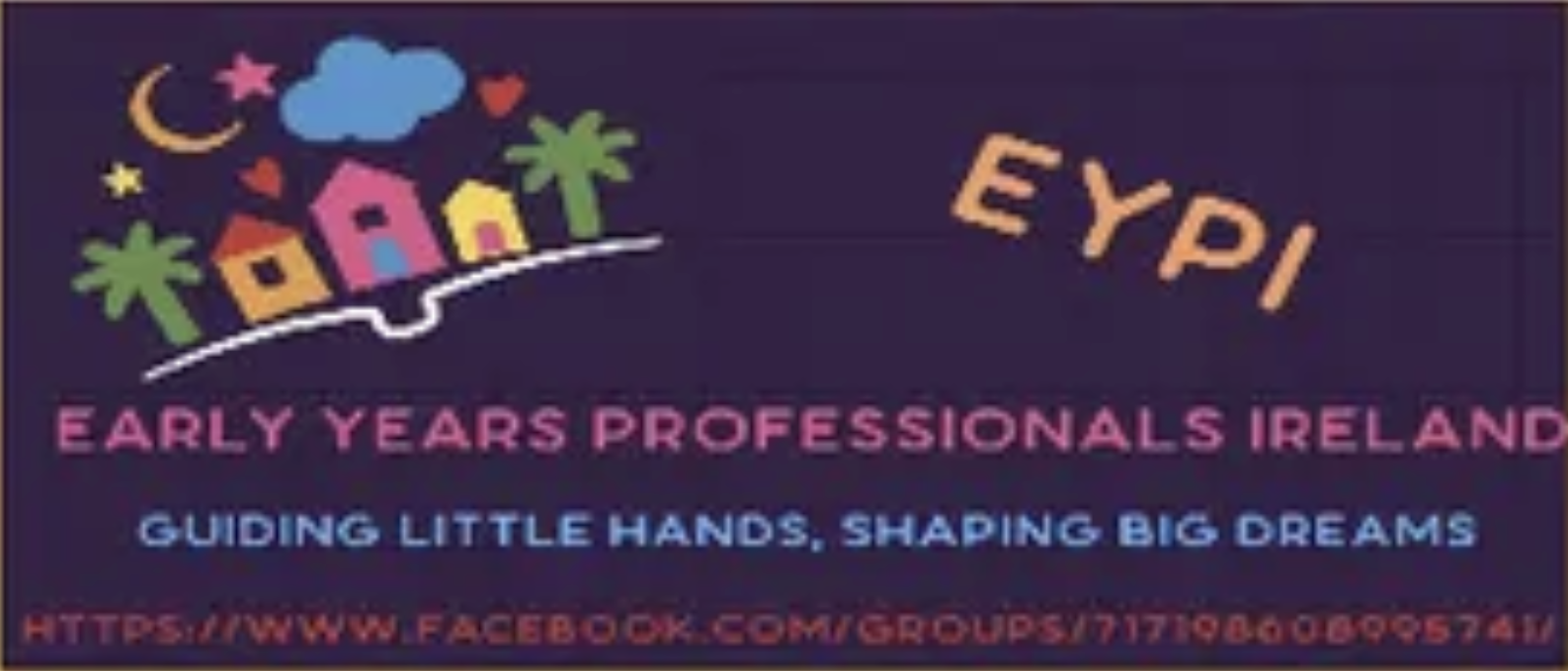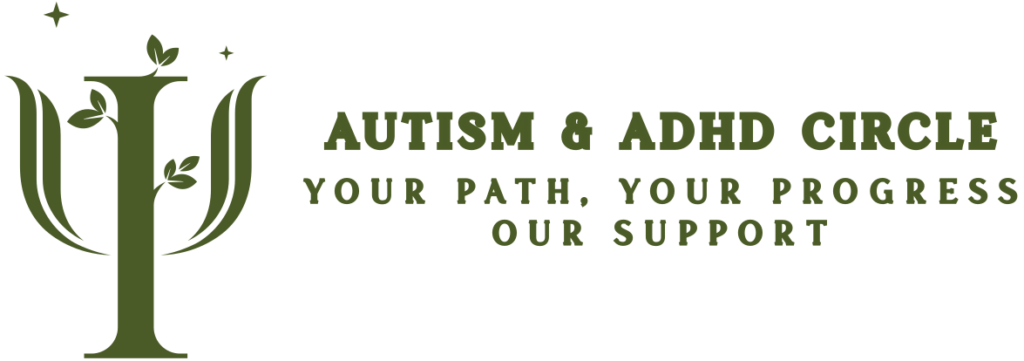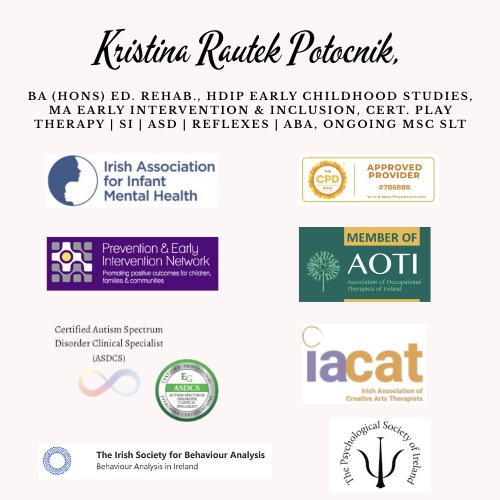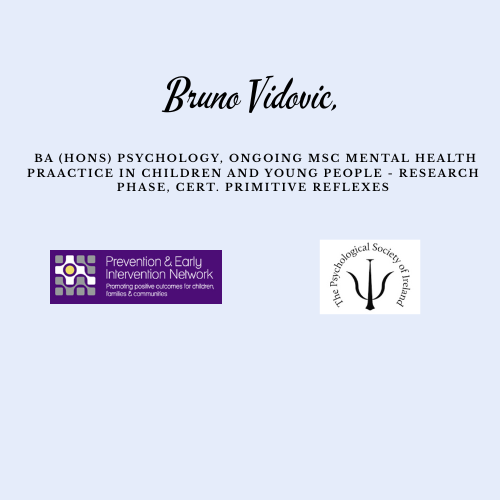Where Curiosity Grows: The Power of Play and Learning Together

Author: Kristina Rautek Potocnik, BA (Hons) Ed. Rehab., HDip Early Childhood Studies, MA Early Intervention & Inclusion, Cert. Play Therapy | SI | ASD | Reflexes, ongoing MSc SLT
Play is more than just fun. For children, play is how they explore the world, learn new things, solve problems, and understand others. Through play, children express their feelings, ask questions, test ideas, and discover how to work with friends. Play is their language, their job, and their joy.
But when play happens in a warm and caring environment – supported by thoughtful, curious adults – it becomes even more powerful. In early years settings that focus on both child development and professional growth, something beautiful happens: children and educators grow together.
Play: A Child’s Way of Thinking, Feeling, and Learning
Imagine a group of children building a city out of boxes, sticks, and fabric. Some children are drawing maps, others are creating stories about the people who live there. They are talking, laughing, solving problems, and sharing ideas. This may look like simple play, but it’s actually deep, creative learning.
Children learn best when they can choose what to explore and how to explore it. Open-ended materials, like blocks, fabric, natural objects, or recycled items, allow children to use their imagination. These materials can become anything – a boat, a cave, a rocket, or a cake. There is no “right way” to use them. Children become confident, focused, and proud of their ideas.
Unlike traditional toys that often have only one purpose, open-ended materials grow with the child. A two-year-old and a six-year-old can use the same materials in very different – but equally meaningful – ways.
The Role of the Educator: A Co-Explorer and Guide
Children’s play becomes richer and deeper when adults are present not just as supervisors, but as co-explorers. Early years educators observe closely, listen carefully, and ask thoughtful questions that help children reflect on their ideas. They support, encourage, and gently guide, but they don’t take over.
Educators who use reflective practice – thinking about what they see and do – become more confident and skilled. They learn from each other, share their experiences, and grow as professionals. When educators are supported to take initiative, try new ideas, and follow their interests, they feel more motivated and happy in their work.
This kind of professional freedom and support creates a strong, positive climate. In such teams, people help each other, celebrate successes, and learn from challenges together. Educators who feel trusted and valued can give more to the children in their care.
Learning Environments that Inspire Curiosity
Children need spaces that invite them to explore. In early years settings that truly value play, the environment is not static or full of heavy furniture. It is flexible, open, and designed with care.
Some preschools even transform their learning spaces every year, based on the group of children who will use them. Educators plan, build, and decorate learning areas with real attention to what the children need and love. They create sensory corners, construction zones, role-play spaces, and art studios (ateliers) using both natural and recycled materials.
These spaces help children focus, relax, and express themselves. They feel ownership over their space, and they treat it with respect. When children see that their environment reflects their ideas and interests, they feel seen and valued.
Mixed-Age Groups: Learning Together Like a Family
In many early years centres, children are placed in groups by age. But mixed-age groups are becoming more popular – and for good reason. When younger and older children are together, they learn in a natural, family-like way.
Younger children watch older ones, copy their behaviour, and learn faster through observation and interaction. Older children become role models. They help younger children, explain things, and feel proud of their leadership. Both groups benefit.
This kind of learning builds empathy, confidence, and responsibility. Children learn that everyone is different, and that we can all learn from each other. They choose friends based on shared interests, not just age. And educators plan activities that support all levels, giving every child a chance to shine.
Families as Partners in Learning
Early childhood education does not end when a child leaves the classroom. Families play a huge role in every child’s learning journey. That’s why strong, open communication between educators and parents is so important.
Many centres offer regular parent meetings, creative workshops, and simple activities where children and adults can play and learn together. Some use apps or digital boards to share updates, pictures, and messages with families. This helps parents feel informed, involved, and connected.
When parents see what their child is doing, they feel more confident. They understand the learning process and can continue supporting it at home. Children feel this connection, and it helps them feel safe and supported.
Professional Growth and Future Thinking
To support children's learning in the best way possible, educators must also keep learning. Professional development is not something that happens once a year – it is a way of working and thinking. Teams who reflect, plan together, and try new methods are always growing.
Some centres use new ideas like STEM activities, art-based programs, early language learning, and sensory play to enrich their curriculum. Educators attend training sessions, join special projects, and develop short programs that match the interests and needs of their group.
Looking ahead, technology will become more important in early education. Digital tools and even artificial intelligence will bring new opportunities and challenges. But the heart of early childhood education will remain the same: building strong relationships, supporting play, and helping each child reach their full potential.
Final Thoughts: Growing Together
Children learn through play. They grow through curiosity. And when educators grow with them – professionally and personally – everyone benefits.
A preschool or early years centre is more than just a place to leave children during the day. It can be a space full of wonder, care, learning, and joy. A place where every child feels safe, seen, and supported. And a place where adults are just as excited to learn as the children they guide.
Because when curiosity is shared, the future is bright – for everyone.
Latest Posts
- How children make sense of the world through their senses
- How your baby learns about the world through their senses
- Helping your child grow stronger through movement and play
- Understanding How Early Intervention Helps Children Learn, Move, and Connect
- How to Recognise Tactile Defensiveness and Help Your Child Feel Safe
- Understanding Feeding Challenges and How to Support Your Child at Home
- Let’s Talk Sitting: Exploring Floor Seating Options
- Retained Primitive Reflexes: The Hidden Cause Behind Developmental Struggles
- Where Curiosity Blossoms: How Children's Play Nurtures Growth for All
- Helping Your Child Through Stress: A Gentle Guide for Parents
- Sweet Little Lies – How to Recognise and Respond with Care
- Chores Are More Than Just Tasks – They’re a Tool for Growing Independence, Focus, and Confidence
- How to Help Children Develop Emotional Intelligence
- Blending Technology and Care: How VR Meta Quest Supports Children at NeuroNest
- A simple guide for parents who want to raise confident, happy children
- Setting Boundaries with Love: A Simple 3-Step Guide for Parents
- Understanding Behavior Through the Nervous System
- A Compassionate Lens on Dysregulation in Non-Speaking Autistic Individuals
- Supporting Development Through Movement: The Role of the Swing in Early Intervention
- Blending Tradition and Innovation: How NeuroNest Supports Your Child’s Unique Journey
- When Movement Meets Innovation: Supporting Child Development with GoBalance
- Why Visual Perception Matters for Everyday Life and Development
- Benefits of Chess in Early Intervention
- Building Healthy Nutrition from the Start
- A Journey Back to Your True Self
- Supporting Your Child’s Hand Skills for Confident Writing
- Blending the Best of Both Worlds
- Helping Toddlers Eat Well: A Parent’s Guide
- Why Tummy Time Matters for Your Baby's Development
- Helping Your Child Build Everyday Independence
- Who Are the Disconnected Kids?
- From First Tries to Automatic Habits: Understanding the Stages of Skill Learning
- Why a Child’s Level of Alertness Matters for Memory and Learning
- Early brain development starts before birth
- Why Slowing Down, Adapting Tasks, and Adding Breaks Helps Children Learn Better
- Why ADHD, Autism, Dyslexia and Other Challenges Need a New Approach
- The surprising power of copying in child development
- Books are more than just language tools—they’re powerful allies in sensory and motor development.
- Rethinking sensory support: moving beyond expensive rooms toward everyday understanding.
- Understanding how fear develops in a child’s brain
- Understanding how an early baby reflex can affect your child’s daily life
- A gentle start into baby development through movement and bonding
- A child-centred, research-informed approach that uses the power of play to support communication, emotional regulation, motor development, and meaningful growth from infancy to twelve years.
Our Partners




Our Memberships


